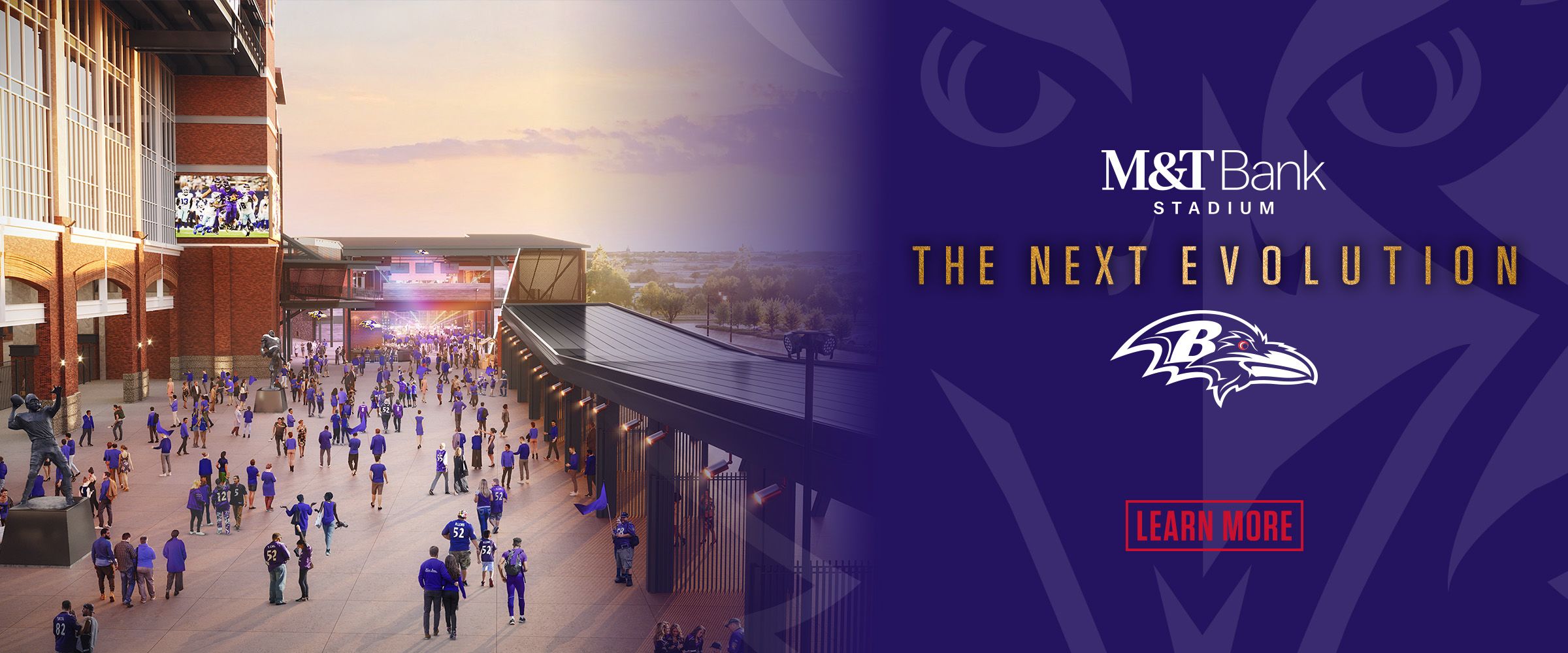Baltimore commuters were greeted by a low, dense fog as they drove to work Wednesday, the morning after free agency opened and one of the franchise's "iconic players," as Owner Steve Bisciotti put it, was traded for draft picks.
It was as if the sky was indeed falling, just as Ravens fans were expressing loud and clear on the radio waves and social media.
It's not just the Haloti Ngata trade. Ravens fans also saw wide receiver Torrey Smith, outside linebacker Pernell McPhee and tight end Owen Daniels head for bigger paydays elsewhere. Baltimore cut wide receiver Jacoby Jones and defensive end Chris Canty to clear salary-cap space.
It's certainly not the first year this feeling has been in the guts of Ravens fans this time of year. They should just schedule it on their calendars at this point.
But every year, there's a also a counter movement to those fans ready to jump off a ledge. And it's been summed up in one, Twitter hashtag-perfect statement:
In Ozzie We Trust
Just as "In God We Trust" is on the back of United States dollar bills, "In Ozzie We Trust" should be on the back of Ravens free-agency currency.
Newsome has shown an uncanny ability to know when to let his team's free agents walk. It's not always easy (in fact, it's often painful), but it's an extremely valuable skill in the salary-capped NFL, especially when you're a team like the Ravens that drafts well and can't keep everybody.
Over the past decade, the Ravens have seen many free agents walk out their doors – many of which they would have liked to keep. But Baltimore let them go, deeming them too expensive to bring back compared to what the market was offering.
In almost all of those cases, it proved to be a wise decision when reflected on one year later. Here's a review from the past decade:
CB Gary Baxter (2005)Signed 5-year, $30 million deal with Browns (retired after three seasons)
2004, Ravens: 86 tackles, 2 sacks, 12 passes defensed, 1 INT
2005, Browns: 18 tackles, 0 passes defensed, 2 INTs
LB Edgerton Hartwell (2005)
Signed 6-year, $26.25 million deal with Falcons (retired after two seasons)
2004, Ravens: 96 tackles, 1 forced fumble
2005, Falcons: 22 tackles, 1 pass defensed
LB Adalius Thomas (2007)
Signed 5-year, $35 million deal with Patriots (retired after three seasons)
2006, Ravens: 83 tackles, 11 sacks, 6 passes defensed, 1 INT
2007, Patriots: 78 tackles, 6.5 sacks, 8 passes defensed, 1 INT (plus-12.7 PFF grade)
LB Bart Scott (2009)
Signed 6-year, $48 million deal with Jets (retired after four seasons)
2008, Ravens: 82 tackles, 1.5 sacks, 5 passes defensed (plus-28.6 PFF grade)
2009, Jets: 92 tackles, 1 sack, 1 pass defensed (plus-6.8 PFF grade)
G/C Jason Brown (2009)
Signed 5-year, $35.5 million deal with Rams (retired after three seasons)
2008, Ravens: 16 starts (plus-17.0 PFF grade)
2009, Rams: 16 starts (plus-3.0 PFF grade)
DE Dwan Edwards (2010)
Signed 4-year, $18 million deal with Bills (cut after two seasons)
2009, Ravens: 47 tackles, 1 sack (plus-5.8 PFF grade)
2010, Bills: 57 tackles, 1 sack, 1 INT (minus-9.0 PFF grade)
S Dawan Landry (2011)Signed 5-year, $27 million deal with Jaguars (cut after two seasons)
2010, Ravens: 111 tackles, 1 sack, 0 INTs (plus-17.5 PFF grade)
2011, Jaguars: 97 tackles, 0.5 sacks, 2 INTs (minus-1.3 PFF grade)
CB Josh Wilson (2011)Signed 3-year, $13.5 million deal with Redskins (played out contract)
2010, Ravens: 40 tackles, 14 passes defensed, 3 INTs (plus-17.6 PFF grade)
2011, Redskins: 62 tackles, 15 passes defensed, 2 INTs (plus-1.4 PFF grade)
OG Chris Chester (2011)
Signed 5-year, $20 million deal with Redskins
2010, Ravens: 14 starts, (plus-11.8 PFF grade)
2011, Redskins: 16 starts, (minus-12.4 PFF grade)
DE Cory Redding (2012)
Signed 3-year, $10.5 million deal with Colts (played out contract)
2011, Ravens: 43 tackles, 4.5 sacks (plus-5.4 PFF grade)
2012, Colts: 36 tackles, 2 sacks (minus-11.1 PFF grade)
LB Jarrett Johnson (2012)
Signed 4-year, $19 million deal with Chargers (retired after three seasons)
2011, Ravens: 56 tackles, 2.5 sacks, 1 forced fumble (plus-17.0 PFF grade)
2012, Chargers: 40 tackles, 1.5 sacks, 1 forced fumble (minus-4.0 PFF grade)
S Ed Reed (2013)
Signed 3-year, $15 million deal with Texans (cut after 7 games, done after one season)
2012, Ravens: 49 tackles, 15 passes defensed, 4 INTs (minus-1.2 PFF grade)
2013, Texans/Jets: 38 tackles, 4 passes defensed, 3 INTs (minus-4.7 PFF grade)
OLB Paul Kruger (2013)Signed 5-year, $40 million deal with Browns
2012, Ravens: 30 tackles, 9 sacks, 1 INT (plus-16.2 PFF grade)
2013, Browns: 47 tackles, 4.5 sacks (plus-4.1 PFF grade)
CB Cary Williams (2013)Signed 3-year, $17 million deal with Eagles (cut after two two seasons)
2012, Ravens: 75 tackles, 1 sack, 17 passes defensed, 4 INTs (minus-2.9 PFF grade)
2013, Eagles: 67 tackles, 1 sack, 12 passes defensed, 3 INTs (minus-4.1 PFF grade)
LB Dannell Ellerbe (2013)Signed 5-year, $35 million deal with Dolphins (traded after two seasons)
2012, Ravens: 92 tackles, 4.5 sacks (plus-8.3 PFF grade)
2013, Dolphins: 101 tackles, 1 sack, 2 INTs (minus-13.5 PFF grade)
DE Art Jones (2014)
Signed 5-year, $33 million deal with Colts
2013, Ravens: 53 tackles, 4 sacks (plus-8.1 PFF grade)
2014, Colts: 23 tackles, 1.5 sacks (minus-10.2 PFF grade)
OT Michael Oher (2014)
Signed 4-year, $20 million deal with Titans (cut after one season)
2013, Ravens: 16 starts (minus-17.1 PFF grade)
2014, Titans: 11 starts (minus-20.2 PFF grade)
There have been only two free agents that left for multi-year deals that had better seasons the next season with their new team: guard Ben Grubbs in 2012 and cornerback Corey Graham in 2014. The Ravens replaced Grubbs well by drafting Kelechi Osemele. Graham was a hit that hurt more last season after a rash of injuries at cornerback.
Newsome made a couple trades as well, including dealing wide receiver Anquan Boldin to the San Francisco 49ers in 2013 and pass rusher Antwan Barnes to the Philadelphia Eagles in 2010. Both players had strong seasons following (although Barnes was soon cut by the Eagles before finding success with the Chargers).
Will Ngata fall into the Boldin/Barnes category? Will the losses of Smith, McPhee and Daniels haunt the Ravens? Only time will tell, but if the past is a predictor of the future, they likely won't.
They're not easy decisions to make. Last month, Bisciotti was asked how difficult it is to watch players the Ravens drafted, groomed and made stars depart for other teams. He gave his longest answer of the press conference.
"I've always said that's the worst part of the job," he said. "[But that's] just the nature of this beast living with a salary cap."
The way the Ravens have always navigated those waters is to set a price for a free agent and stick to it. Newsome, a man with 13 seasons in the NFL as a Hall of Fame player and 25 more years as an executive, ultimately determines that number. He has a sharp sense of the market and a player's value in it.
Newsome maybe bends a little, but not much. Although Newsome sheds very little light on such matters, Bisciotti spoke to how those negotiations generally work during a press conference last month.
"Ozzie sets his number; I live with that number. I've never successfully talked him into changing that number," Bisciotti said.
"Maybe, maybe he'll call me because he knows that he told me this was the number, and he'll say, 'We can get this done,' that it's going to cost us about $400,000 a year – usually catches me at happy hour – and I say, 'Yes.' But he likes calling me saying, 'I'm going to give in to you,' so I kind of say, 'I'm willing to pay more,' and he says, 'No.' And then, when he gives up a little more, he pretends he is doing his boss a favor. We play this dance every year."
If a player doesn't fit the Ravens' plans, and isn't close enough to bend for, Baltimore at least takes some solace in the NFL's only system of rewarding the good teams instead of trying to create more parity. It's called the compensatory pick system. Newsome and the Ravens use it better than anyone.
According to the NFL Management Council, a team losing more/better free agents than it acquired in the previous year is eligible to receive picks. The number of picks a team receives equals the net loss of compensatory free agents.
Since the league began awarding compensatory picks in 1994, the Ravens have received the most of any team in the league (41), and it's not even close. The next closest teams, Dallas and Green Bay, have received 33.
So while the start of March is hard, the pain is eased when compensatory picks are announced later that month at the NFL owners meetings.
Take, for example, the story of McPhee, who finalized a five-year, $40 million deal with the Bears on Wednesday.
When the Ravens lost defensive end Dwan Edwards and defensive tackle Justin Bannon to free agency in 2010, they received a pair of compensatory fifth-round picks for the 2011 draft. The Ravens used one of those picks to draft McPhee.
In four seasons, he logged 17 sacks, including 7.5 in his breakout final season – all at a bargain rookie contract price. Now the Ravens will likely get a compensatory pick in return for losing him. That pick could even be higher than the original fifth-rounder the Ravens used to get McPhee.
That's a cycle that lends itself to prolonged success.
From the Ravens' free-agency losses last year, they're expected to get three or four bonus compensatory picks for this year's draft. Baltimore will get more next year with McPhee, Smith and Daniels departing.
Other teams are doing dances of joy when they land big-name stars on the free-agency market. But look at the success rate of many of those teams.
As long as Baltimore continues to draft well and spend its money on re-signing its own players, Ravens fans will very rarely have much to celebrate on the first day of free agency. Sorry, but that's just fine with Bisciotti.
"I'm always envious of those teams right about this time of the year, and then they're envious of me when we are in the playoffs," Bisciotti said. "So, we're going to keep doing what we do, the way we do it, and that precludes us sometimes from capitalizing on paying certain guys."
Less than 48 hours after the Ravens traded Ngata, Newsome used some of the salary-cap saving to bring back running back Justin Forsett.
At the time of the signing, it was sunny skies and 50 degrees in Baltimore.
A look at how Ravens free agents (not cuts or trades) performed after leaving Baltimore for bigger paydays.
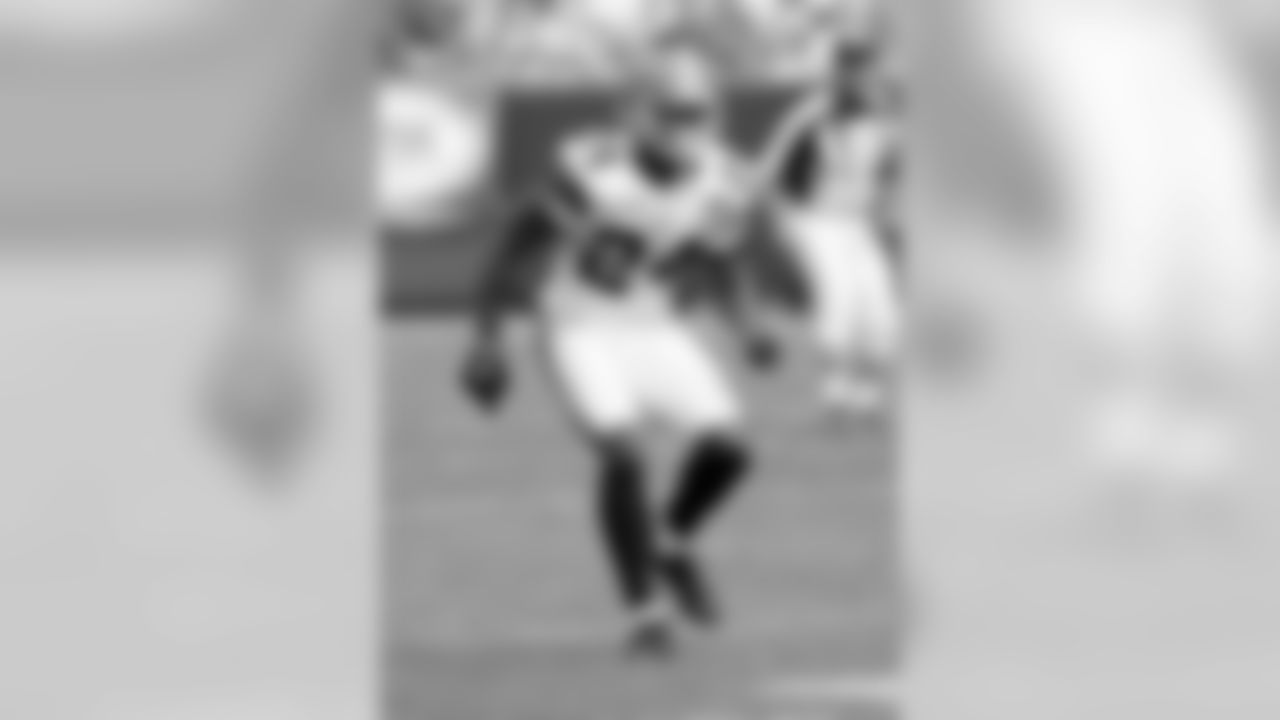
Signed 5-year, $30 million deal with Browns (retired after 3 seasons)2004, Ravens: 16 games, 86 tackles, 2 sacks, 12 passes defensed, 1 INT2005, Browns: 5 games, 18 tackles, 0 passes defensed, 2 INTs

Signed 6-year, $26.25 million deal with Falcons (retired after 2 seasons)2004, Ravens: 16 games, 96 tackles, 1 forced fumble2005, Falcons: 5 games, 22 tackles, 1 pass defensed
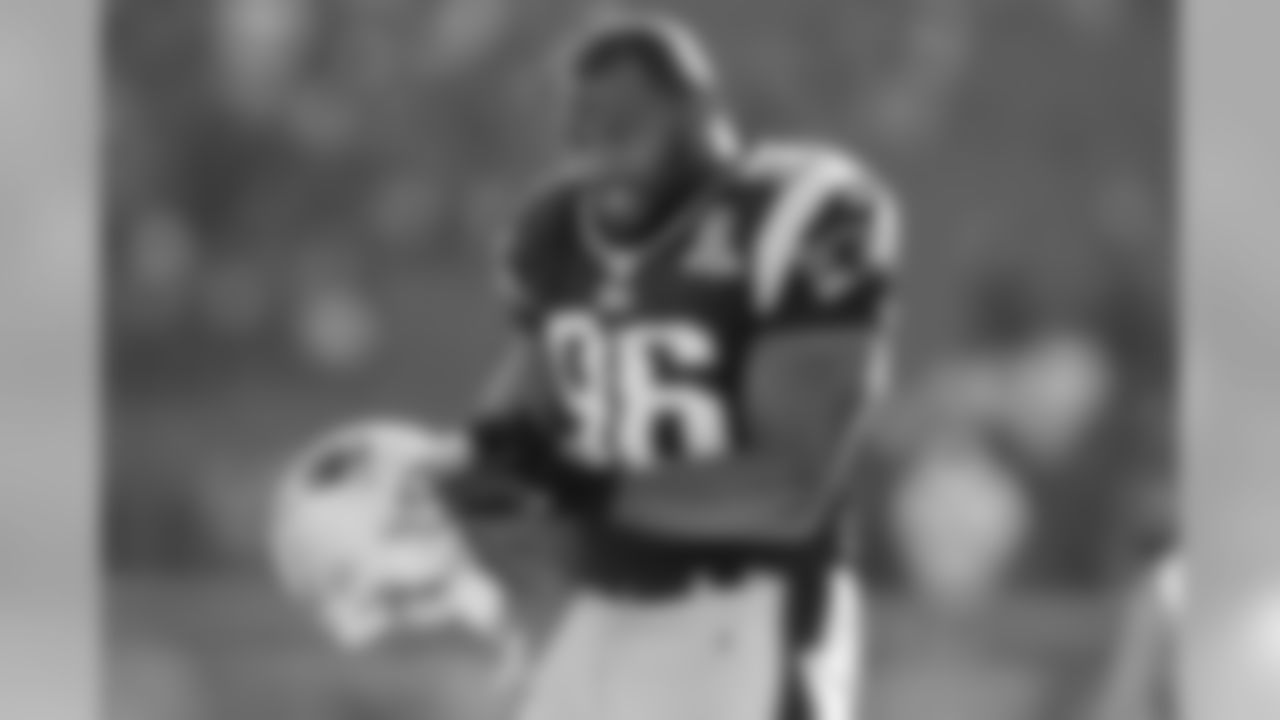
Signed 5-year, $35 million deal with Patriots (retired after 3 seasons)2006, Ravens: 16 games, 83 tackles, 11 sacks, 6 passes defensed, 1 INT2007, Patriots: 16 games, 78 tackles, 6.5 sacks, 8 passes defensed, 1 INT (plus-12.7 PFF grade)

Signed 6-year, $48 million deal with Jets (retired after 4 seasons)2008, Ravens: 16 games, 82 tackles, 1.5 sacks, 5 passes defensed (plus-28.6 PFF grade)2009, Jets: 16 games, 92 tackles, 1 sack, 1 pass defensed (plus-6.8 PFF grade)
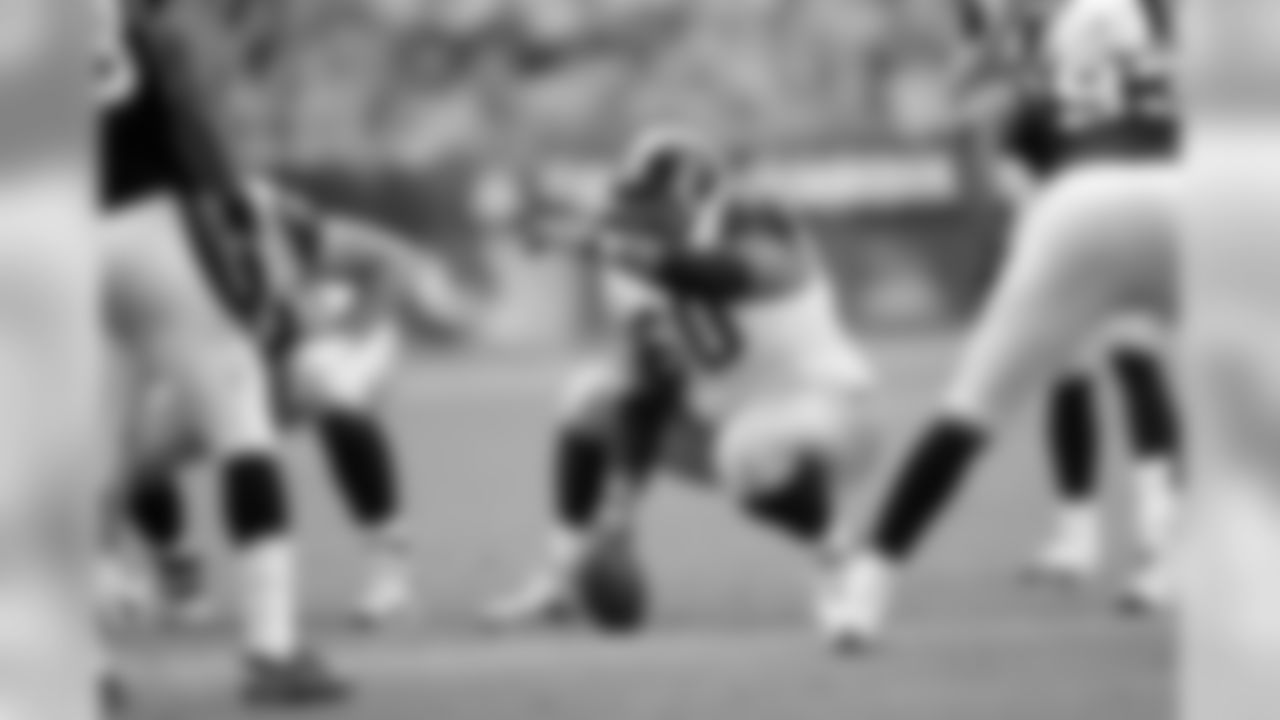
Signed 5-year, $35.5 million deal with Rams (retired after 3 seasons)2008, Ravens: 16 games (plus-17.0 PFF grade)2009, Rams: 16 games (plus-3.0 PFF grade)

Signed 4-year, $18 million deal with Bills (cut after 2 seasons)2009, Ravens: 47 tackles, 1 sack (plus-5.8 PFF grade)2010, Bills: 57 tackles, 1 sack, 1 INT (minus-9.0 PFF grade)

Signed 5-year, $27 million deal with Jaguars (cut after 2 seasons)2010, Ravens: 16 games, 111 tackles, 1 sack, 0 INTs (plus-17.5 PFF grade)2011, Jaguars: 16 games, 97 tackles, 0.5 sacks, 2 INTs (minus-1.3 PFF grade)
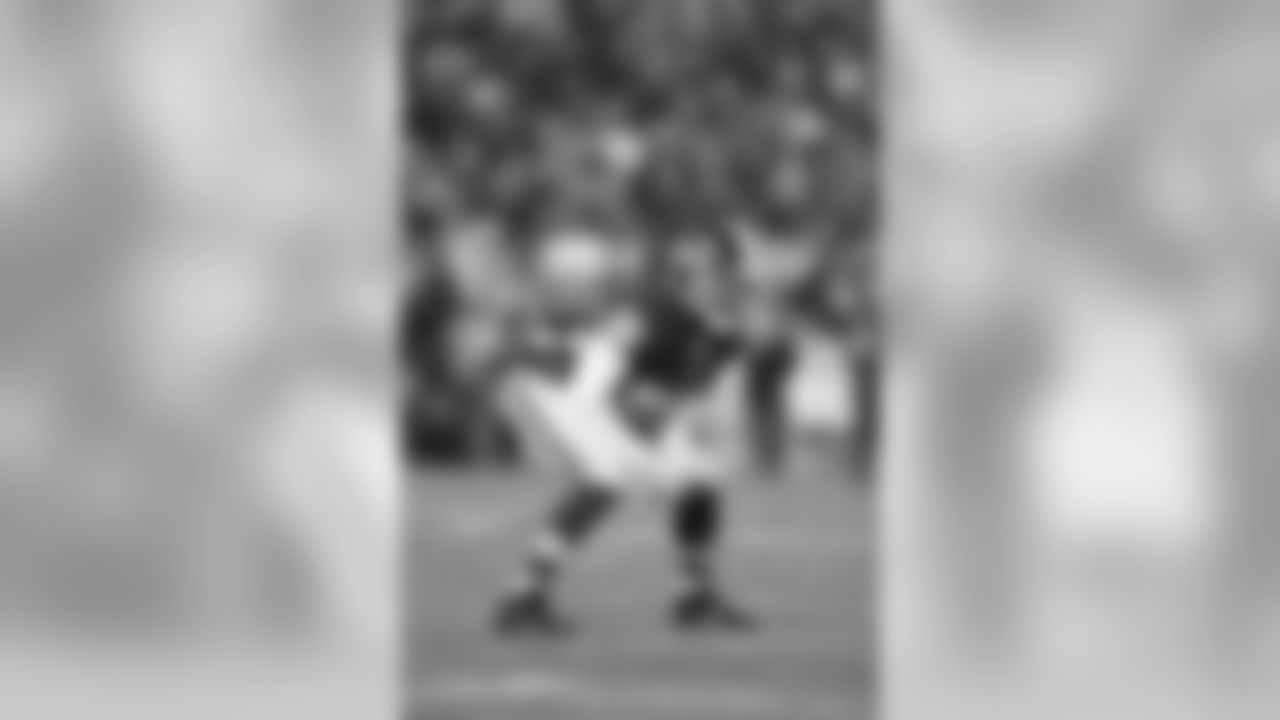
Signed 3-year, $13.5 million deal with Redskins (played out contract)2010, Ravens: 14 games, 40 tackles, 14 passes defensed, 3 INTs (plus-17.6 PFF grade)2011, Redskins: 16 games, 62 tackles, 15 passes defensed, 2 INTs (plus-1.4 PFF grade)

Signed 5-year, $20 million deal with Redskins2010, Ravens: 14 games, (plus-11.8 PFF grade)2011, Redskins: 16 games, (minus-12.4 PFF grade)

Signed 5-year, $36 million deal with Saints (traded after 3 seasons)2011, Ravens: 16 games (plus-7.1 PFF grade)2012, Saints: 16 games (plus-20.6 PFF grade)

Signed 3-year, $10.5 million deal with Colts (played out contract)2011, Ravens: 15 games, 43 tackles, 4.5 sacks (plus-5.4 PFF grade)2012, Colts: 14 games, 36 tackles, 2 sacks (minus-11.1 PFF grade)

Signed 4-year, $19 million deal with Chargers (retired after 3 seasons)2011, Ravens: 16 games, 56 tackles, 2.5 sacks, 1 forced fumble (plus-17.0 PFF grade)2012, Chargers: 15 games, 40 tackles, 1.5 sacks, 1 forced fumble (minus-4.0 PFF grade

Signed 3-year, $15 million deal with Texans (cut after 7 games, done after 1 season)2012, Ravens: 16 games, 49 tackles, 15 passes defensed, 4 INTs (minus-1.2 PFF grade)2013, Texans/Jets: 14 games, 38 tackles, 4 passes defensed, 3 INTs (minus-4.7 PFF grade)

Signed 5-year, $40 million deal with Browns2012, Ravens: 15 games, 30 tackles, 9 sacks, 1 INT (plus-16.2 PFF grade)2013, Browns: 16 games, 47 tackles, 4.5 sacks (plus-4.1 PFF grade)
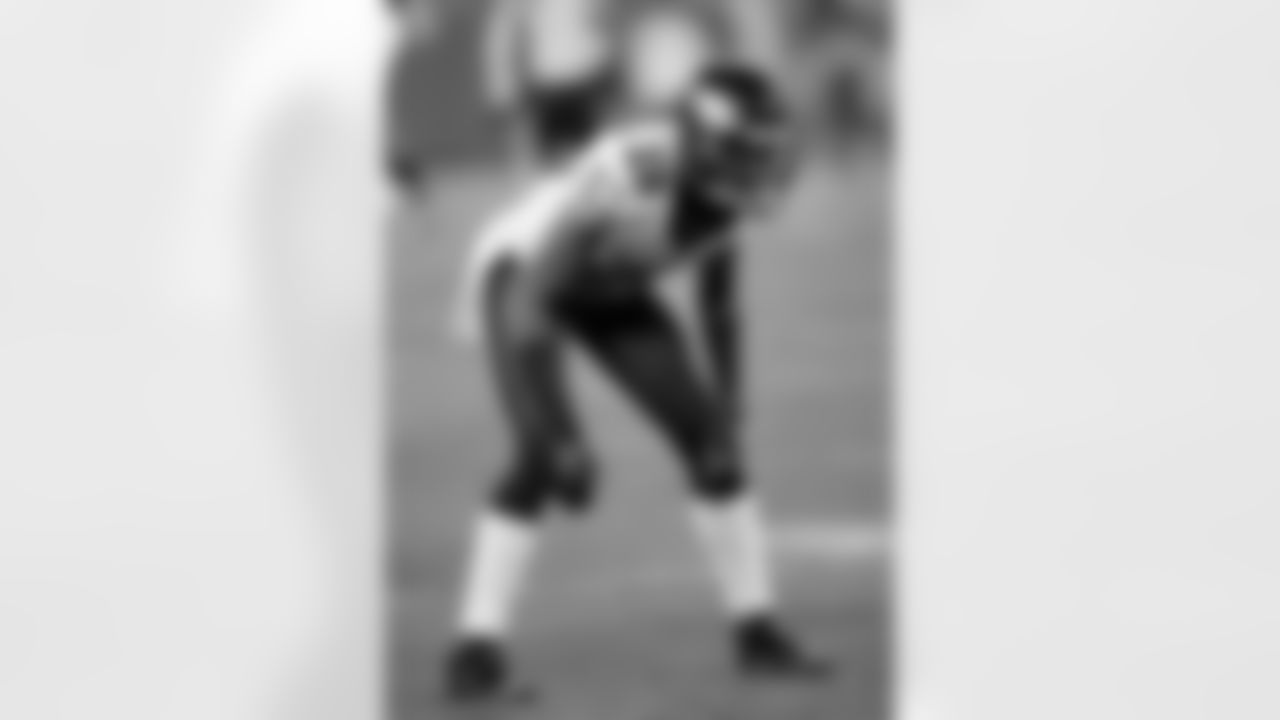
Signed 3-year, $17 million deal with Eagles (cut after two 2 seasons)2012, Ravens: 16 games, 75 tackles, 1 sack, 17 passes defensed, 4 INTs (minus-2.9 PFF grade)2013, Eagles: 16 games, 67 tackles, 1 sack, 12 passes defensed, 3 INTs (minus-4.1 PFF grade)

Signed 5-year, $35 million deal with Dolphins (traded after two seasons)2012, Ravens: 13 games, 92 tackles, 4.5 sacks (plus-8.3 PFF grade)2013, Dolphins: 15 games, 101 tackles, 1 sack, 2 INTs (minus-13.5 PFF grade)

Signed 4-year, $20 million deal with Bills2013, Ravens: 16 games, 74 tackles, 1 sack, 12 passes defensed, 4 INTs (plus-3.9 PFF grade)2014, Bills: 16 games, 84 tackles, 15 passes defensed, 2 INTs (plus-11.7 PFF grade)

Signed 5-year, $33 million deal with Colts2013, Ravens: 14 games, 53 tackles, 4 sacks (plus-8.1 PFF grade)2014, Colts: 9 games, 23 tackles, 1.5 sacks (minus-10.2 PFF grade)

Signed 4-year, $20 million deal with Titans (cut after 1 season)2013, Ravens: 16 games (minus-17.1 PFF grade)2014, Titans: 11 games (minus-20.2 PFF grade)
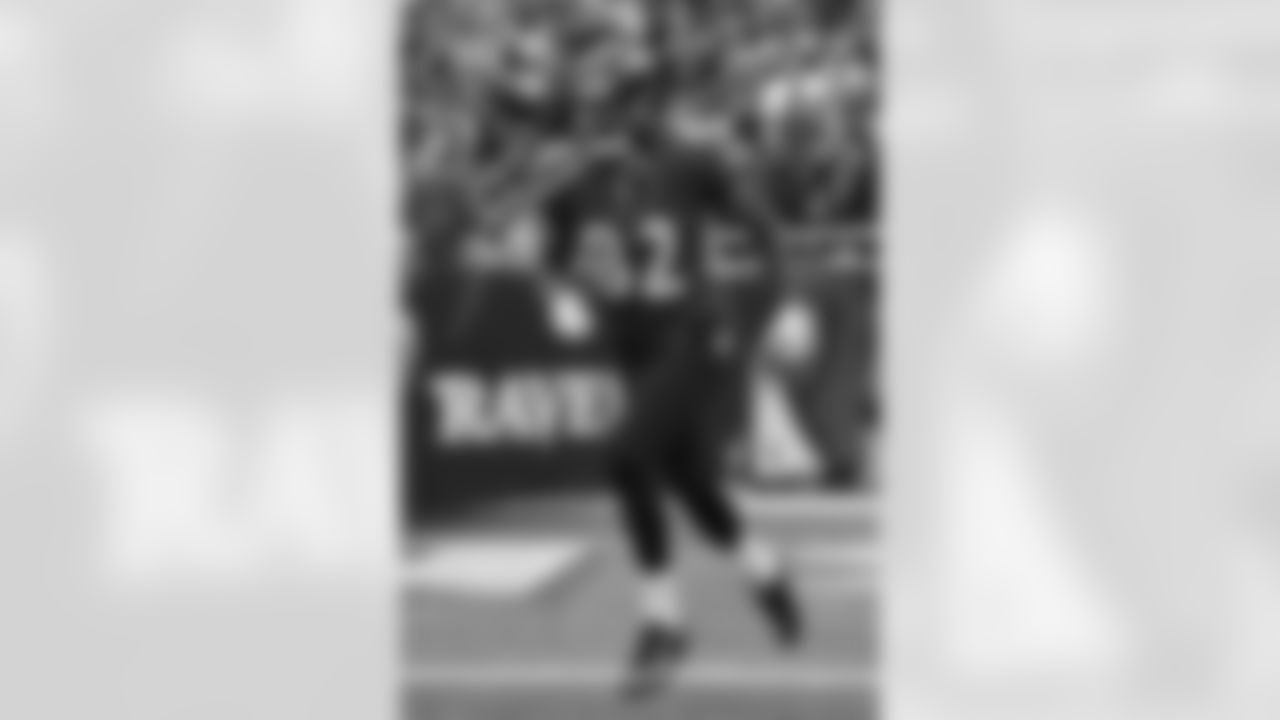
Signed 5-year, $40 million deal with 49ers2014, Ravens: 49 catches, 767 yards, 11 touchdowns (minus-1.5 PFF grade)2015, 49ers: TBD
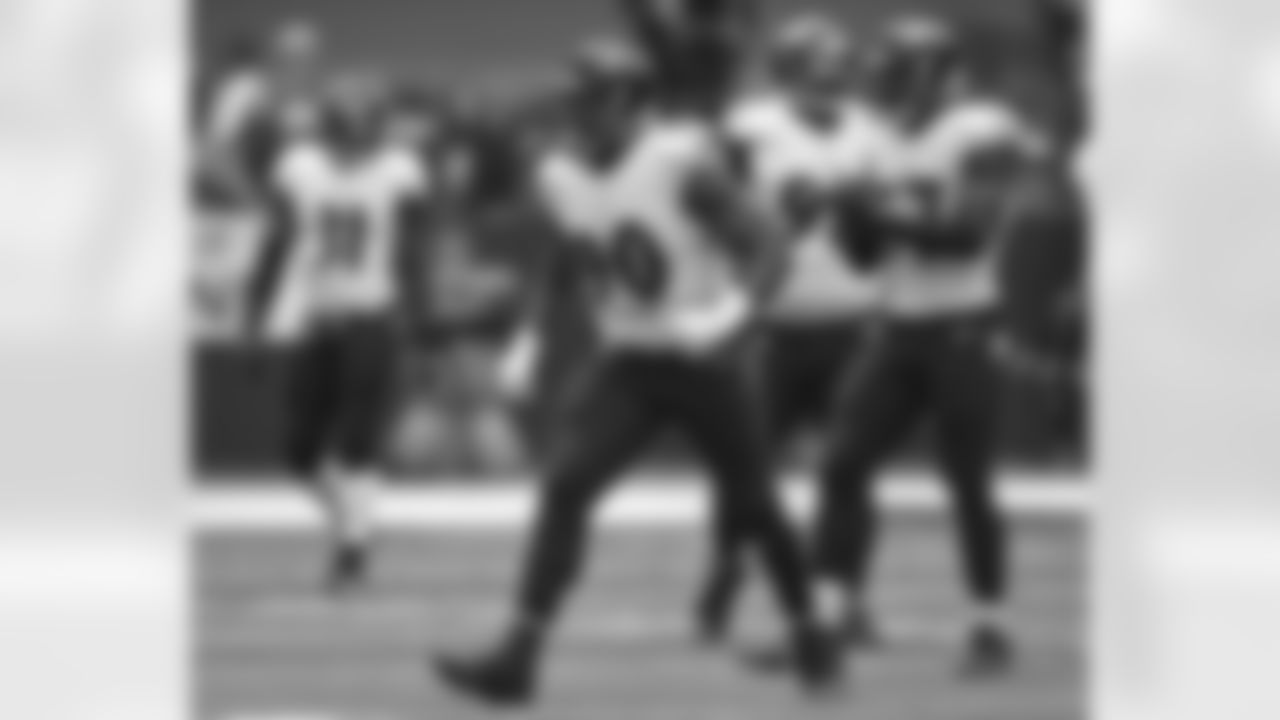
Signed 5-year, $40 million deal with Bears2014, Ravens: 16 games, 27 tackles, 7.5 sacks, 4 passes defensed2015, Bears: TBD

Signed 3-year, $12 million deal with Broncos2014, Ravens: 15 games, 49 catches, 527 yards, 4 touchdowns (plus-3.5 PFF grade)2015, Broncos: TBD















